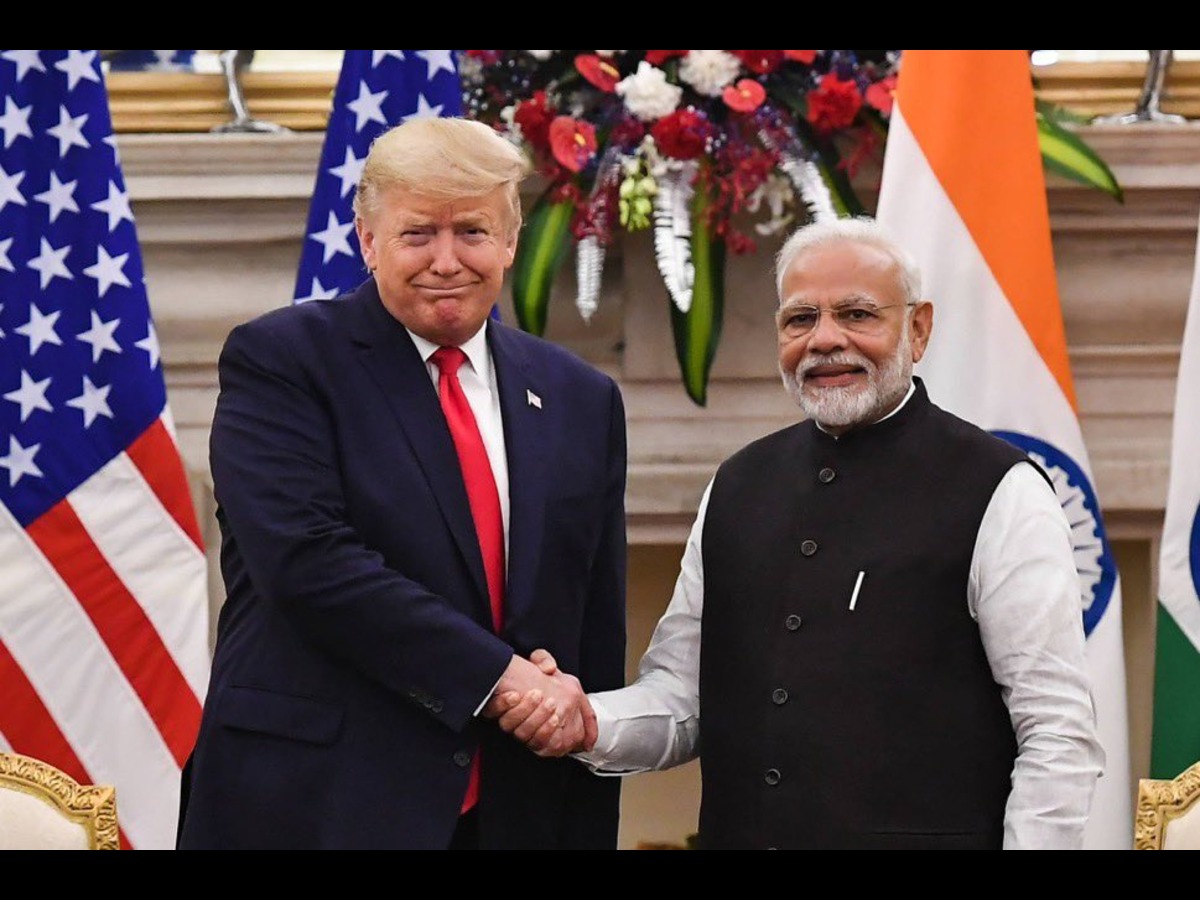The US Senator Lindsey Graham has threatened India, China, and Brazil with severe sanctions if they don’t stop buying the Russian oil.
According to the senator, the sanctions could be so intense that it may “crush” the economies of these countries.
In this article, we will explain if the U.S. actually imposes sanctions on India, what could be its repercussions on the Indian economy and how will it affect inflation, the price of petrol and diesel, and prices of transportation vehicles such as cars and aircrafts.
India relies heavily on imports for many important goods from the U.S. If Washington imposes sanctions, which include high tariffs or even restricted access to US made goods, many of the goods could become expensive overnight.
US Imposed Sanctions Could Hurt India’s Economy
Electronics: Almost all the electronics products such as mobile phones, laptops, and semiconductors might become costly. The semiconductors are used to make various appliances such as microprocessors of computers. They are also found in smartphones, televisions, gaming consoles and home appliances.
Medical equipment and pharmaceuticals such as MRI and CT scan machines and pacemakers would also be affected by the tariffs.
The reason for this is that India rarely makes these products at home and instead imports them from the US and its allies.
Industrial machinery will also witness higher prices owing to India’s dependency on the US for these.
But if the tariffs in the range of 100-500% are imposed, many of the above goods could simply become unaffordable for Indians.
A lot of industries that depend of US made technology such as the IT services, aviation, and manufacturing would suffer the most.
India is already battling food and fuel inflation, and sanctions would only intensify the pressure.
Inflation will jump
Sanctions would result in disruption of trade, and reduction of supply as well as increasing of costs.
This would combine to fuel the rise of inflation quickly.
Expensive imports would result in higher prices for finished goods and production inputs.
Weak Rupee: Rupee could weaken as investors may pull money out of Indian markets due to the fear of instability.
A weak rupee could make the import prices even higher.
Cost-push inflation: When the manufacturers incur higher costs to make the materials, they may pass them to the consumers. This could result in costly products for the customers.
Currently, India buys 85% of the crude oil it uses and Russia is the largest exporter of it. However, if US imposes sanctions, India could be forced to look elsewhere for its oil import.
This means it may buy the fuel from the Middle East or the U.S. itself but at a higher price, thus resulting in a surge of fuel price.






